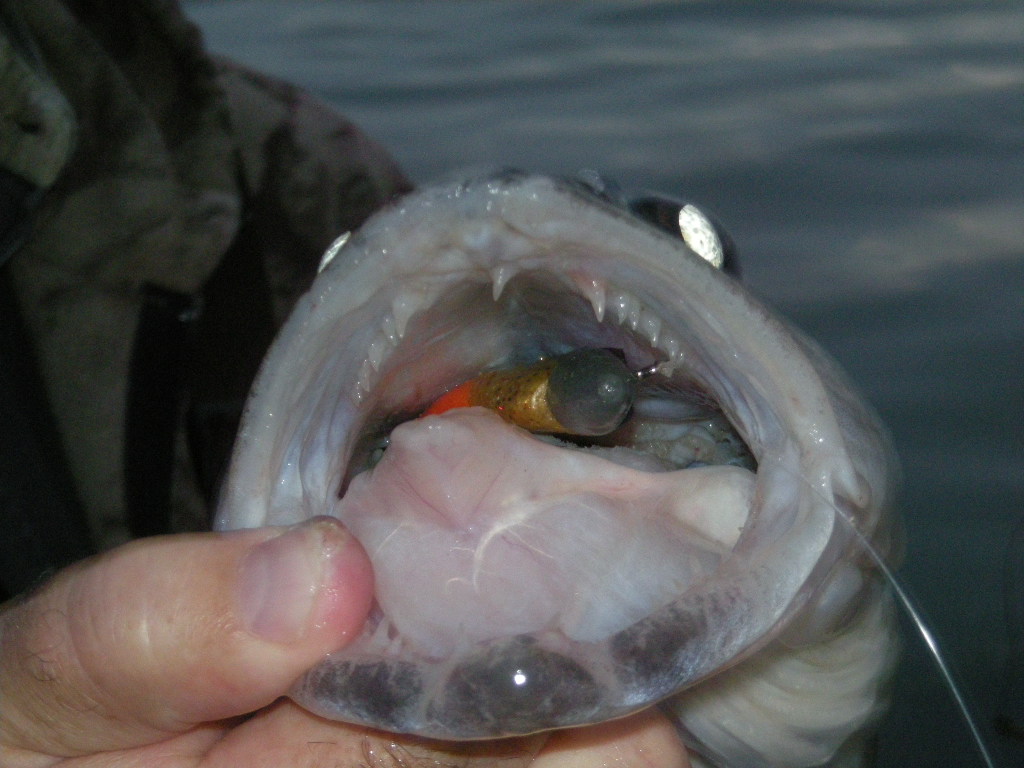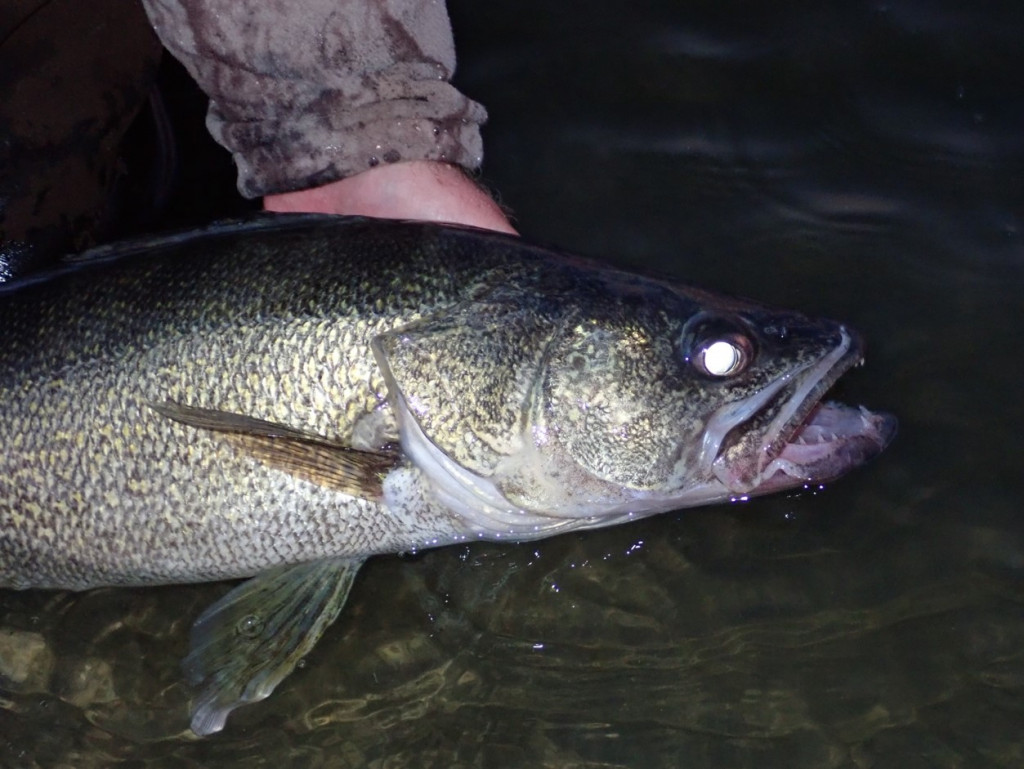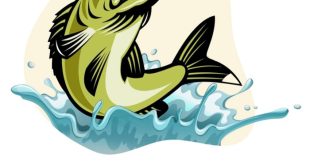A wise fishing buddy of mine once said that “fishing is mostly about understanding fish.” That makes a lot of sense and most anglers would agree with that statement. However, there are a lot of things out there that we think we know that may not be exactly as they seem.
The more you know about the biology, habits, characteristics, and dare I even say, personalities, of the fish, the more often you will figure them out and hook up. Volumes have been written about the popular freshwater sport fish we pursue. I certainly would recommend reading, listening, watching, learning as much of that as you can. As evidenced by you reading this blog, the interwebs are full of information as well.
Take for example, walleye, one of the most popular fish in this part of the country. Any pointy-headed ichthyologist will tell you that walleyes are members of the perch family. That family of fish includes yellow perch and sauger as well as darters in addition to walleyes.
Popular walleye fishing presentations often reflect the relationship to yellow perch. Many anglers fish for walleyes similar to how they would fish for perch. A variety of live bait presentations using nightcrawlers, leeches and minnows are some of the most successful and most popular for walleyes. I have said that more walleyes probably have been caught from Nebraska reservoirs on spinner rigs with nightcrawlers pulled behind bottom bouncers than any other bait or presentation.
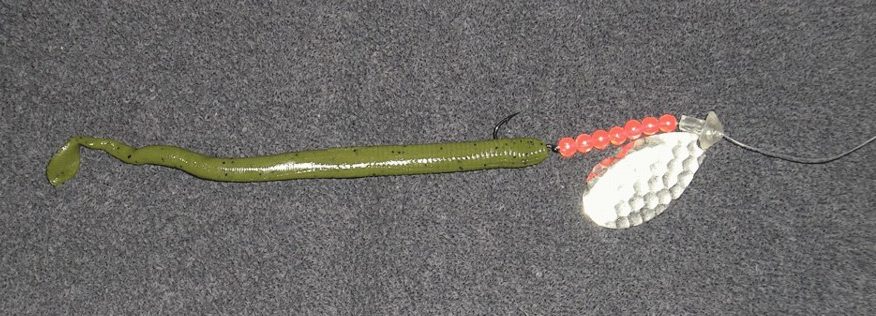
No doubt in a lot of situations, some type of live bait presentation is the best way to catch numbers of walleyes. Also, in some of those situations, live bait presentations will also be a good way to catch some big walleyes.
But, I am going to suggest that if you want to catch more big walleyes, you need to think of them more as muskies and less as yellow perch!
Wonder why walleyes have a mouth full of sharp teeth?
Yes, walleyes have sharp teeth similar to muskies. Yet, there is one important difference. Walleye teeth are conical, pointy-sharp. Muskie teeth are also pointy-sharp, but in addition have a razor’s edge. That is why you should never even think of fishing where you might hook a pike or muskie without a leader of some type. On the other hand, for walleyes, no leaders necessary.
Anywho, a fish with a mouth full of sharp teeth is a predator. One look and you know that. Now, muskies or walleyes either one will eat a variety of prey, could be anything small enough to fit down their throat. Sharp-toothed predators are made primarily for preying on other fish. Some type of fish smaller than themselves will be THE prey walleyes eat most of the time!
Research has shown that those predators, including walleyes, will consume prey items up to half their own length! As a matter of fact, they prefer large prey items if they are available!
Think about that. Not just for muskies, think about it for walleyes. A 28-inch walleye may be capturing and consuming prey up to 10, 12, even 14 inches long!
That is why I am saying if you want to catch more big walleyes, you need to fish for them more like you would muskies and less like you would for perch. Wonder why some anglers fish for walleyes for years and have a four- or five-pounder as their personal best? Or, wonder about the big walleyes muskie anglers catch incidentally?
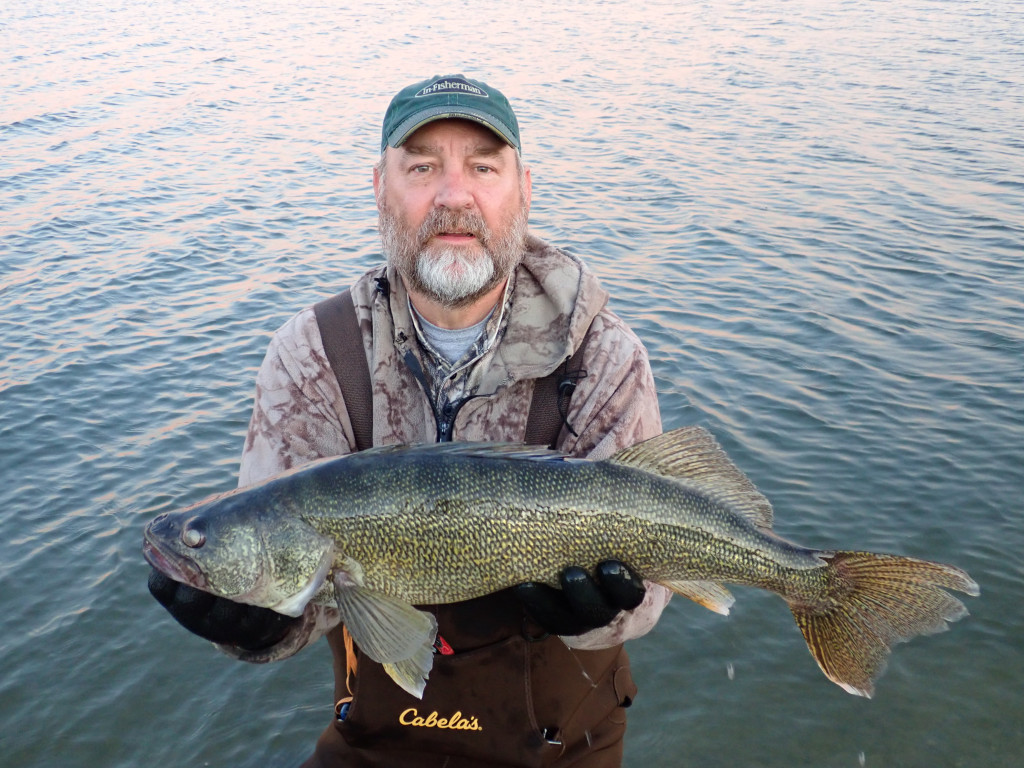
As a matter of fact, I know of at least one scientific paper that found significantly bigger walleyes were caught on artificial lures than on live bait.
 I will admit, if you want numbers of walleyes, or just some “eaters”, then some type of live bait presentation may be the best bet. There will also be times, usually on a tough bite, where some type of live bait presentation may be the only way to scratch any walleyes.
I will admit, if you want numbers of walleyes, or just some “eaters”, then some type of live bait presentation may be the best bet. There will also be times, usually on a tough bite, where some type of live bait presentation may be the only way to scratch any walleyes.
But, I hardly buy any live bait anymore, especially for walleye fishing. Give me quality over quantity almost every day.
Some other science things this means
Walleyes in most waters are at or near the top of the food chain. They are apex predators. That is especially true for large walleyes. In many cases, large walleyes and small walleyes, even in the same waterbody, are two different animals. If large prey are available, then large predators are likely to select for that prey. Targeting small- to medium-size walleyes actually may mean that anglers rarely encounter big fish. Big walleyes likely will be using different habitats, feeding on different prey, and exhibiting entirely different behaviors. If you are catching small- to medium-size fish and you want some big walleyes, you may have to do something different, maybe something a lot different!
Oh, and never forget that walleyes are low-light predators, especially big walleyes.
There is a limit to the population of large predator fish any waterbody can support. At most, throughout the range of walleye populations, there may be as much as approximately 30 pounds/acre of walleyes, all sizes, in a waterbody. Much more likely, even in very productive fisheries, would be more like half that, 15 pounds/acre. Stocking more walleyes may not necessarily produce more walleyes, especially large walleyes, because every waterbody has a carrying capacity.
That is one reason the best habitats for walleyes are relatively large bodies of water–large rivers, large natural lakes and large reservoirs.
Also keep in mind that since they are predatory, walleyes are also cannibalistic! Relatively high densities of large fish may suppress the production of new year-classes simply because more of the younger fish get ate. At the least, new year classes likely will be at a competitive disadvantage to larger walleyes. Wherever walleyes are found, populations tend to be dominated by a large year class that is produced once every three to five years. That is true regardless of stocking or not, regardless of stocking strategies. Big year classes are seldom produced in back-to-back years.
Much like lynx and snowshoe hares in the north woods, there will be “ups” and “downs” in predator-prey dynamics. There actually may be cycles in walleye and baitfish numbers as those populations continually interact with each other. In Nebraska irrigation reservoirs, water level fluctuations also are a big influence on those predator-prey dynamics. Those dynamics will be reflected in angler catch rates. Some years walleyes will be a lot easier to catch.
Lastly, I have said this before, going to say it again here: Big fish, including big walleyes, are hard to catch not because they are so smart, but because they are so rare. Walleyes are great eating. Absolutely keep some of the small- and medium-size fish, within legal length limits, for a meal of fresh fish. Take pictures of the big fish, and get ’em back in the water! If you want a mount, get a graphite replica. They are better quality mounts and the fish can be caught again!
 Nebraskaland Magazine
Nebraskaland Magazine
